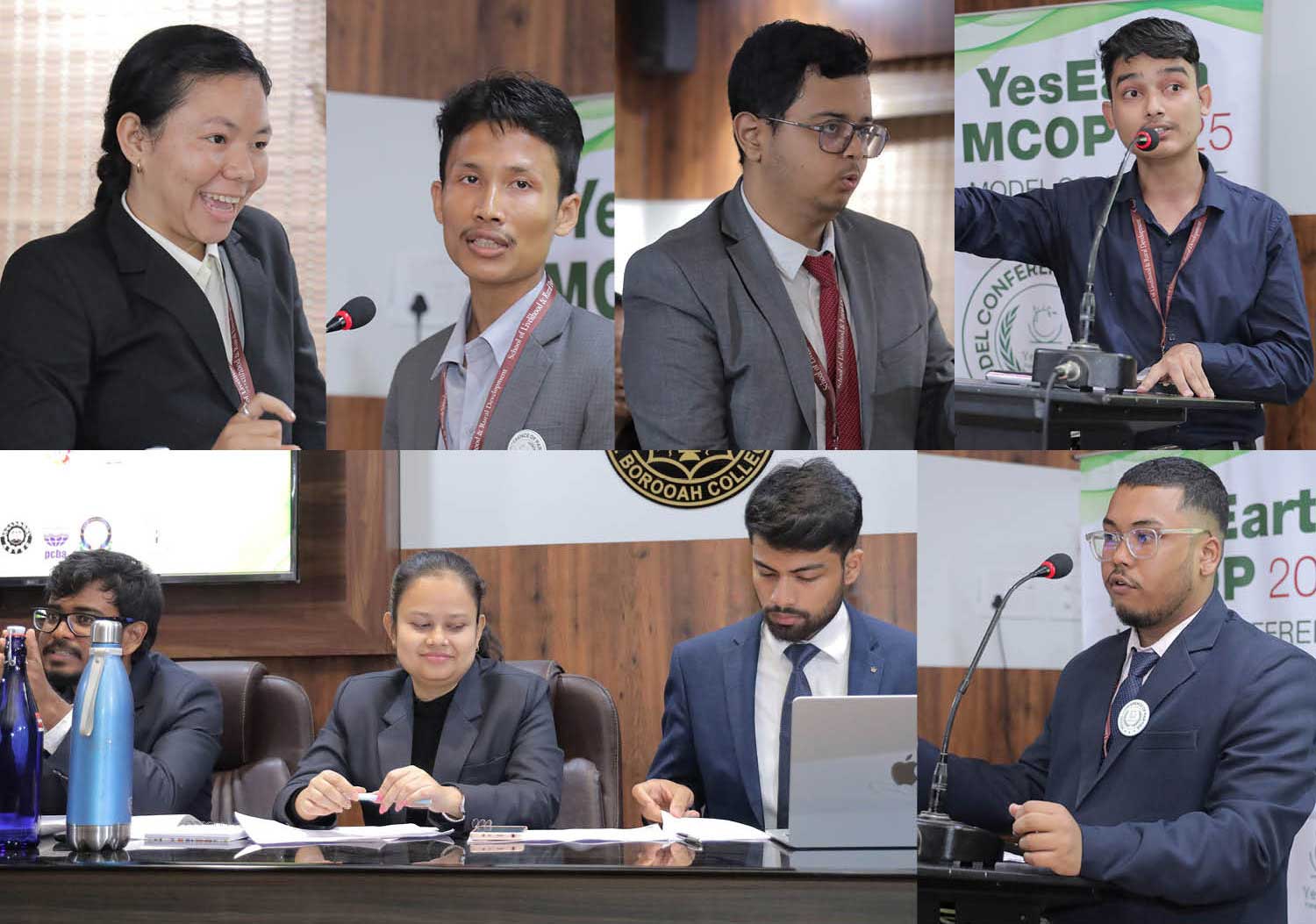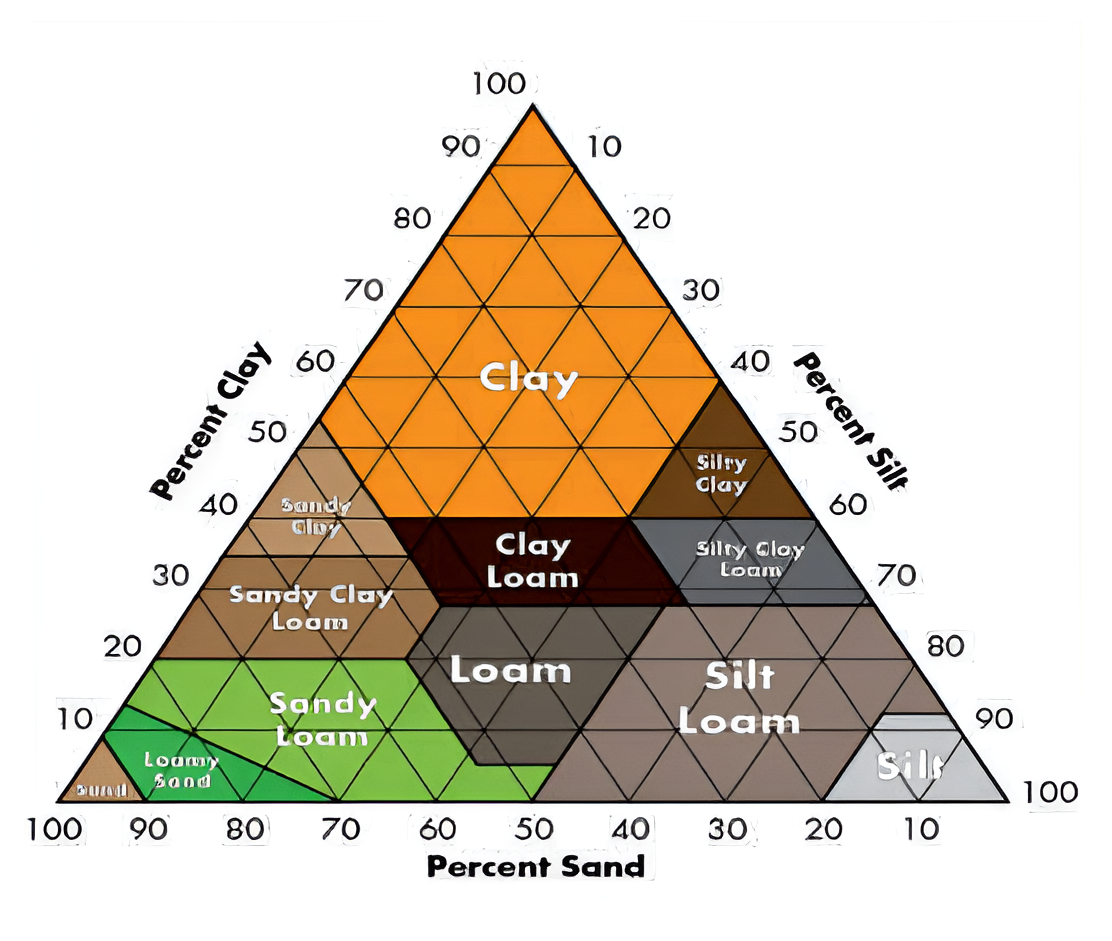Soil Testing and its Methods: An Overview
ABSTRACT:
Soil testing plays a pivotal role in modern agriculture and land management, offering crucial insights into soil health and fertility. This article provides a comprehensive overview of soil testing, its significance, various methods employed, and their applications. By understanding soil properties, farmers and scientists can make informed decisions about crop cultivation, land usage, and sustainable practices.
Keywords: Soil, Soil testing. Soil testing methods
INTRODUCTION:
Soil is a fundamental resource for agriculture, forestry, and environmental conservation. The composition and health of soil directly influence crop yield, plant health, and ecosystem balance. Soil testing, a systematic process of analyzing soil’s physical, chemical, and biological properties, is essential for optimizing agricultural productivity and maintaining environmental sustainability.
OBJECTIVES OF SOIL TESTING:
- Determine nutrient availability.
- Assess soil pH and acidity levels.
- Identify deficiencies in essential nutrients.
- Guide fertilizer application and land management practices.
IMPORTANCE OF SOIL TESTING:
- Improved Crop Yields: Soil testing helps identify nutrient deficiencies and recommends specific interventions.
- Cost Efficiency: Reduces unnecessary expenditure on fertilizers and other inputs.
- Environmental Protection: Prevents overuse of chemicals that can lead to soil degradation and water contamination.
- Sustainable Farming Practices: Promotes precision agriculture and conserves natural resources.











